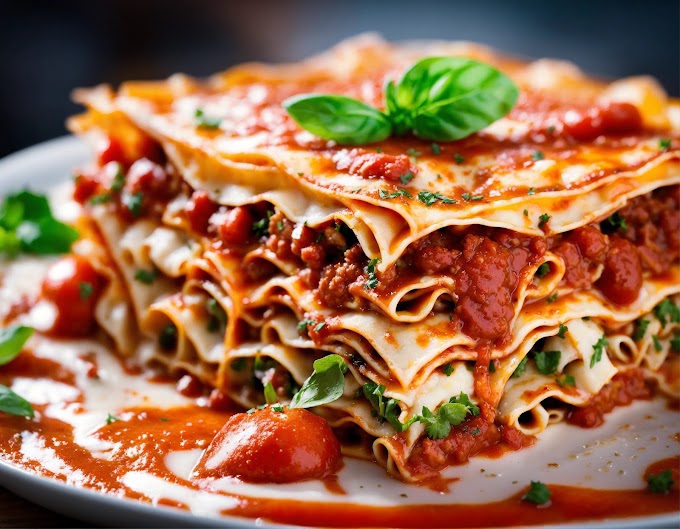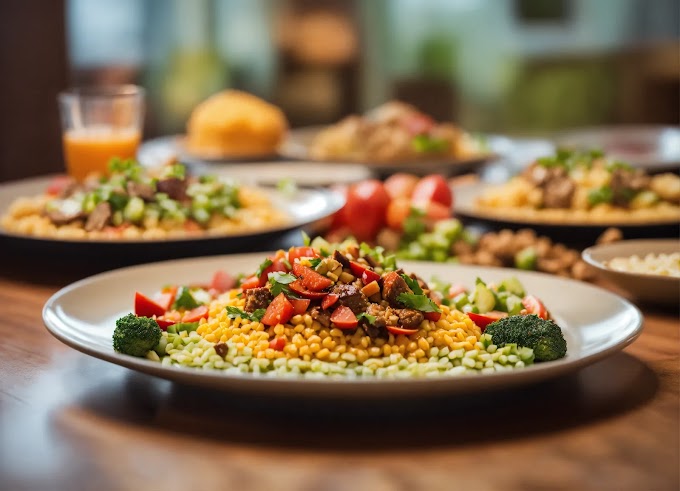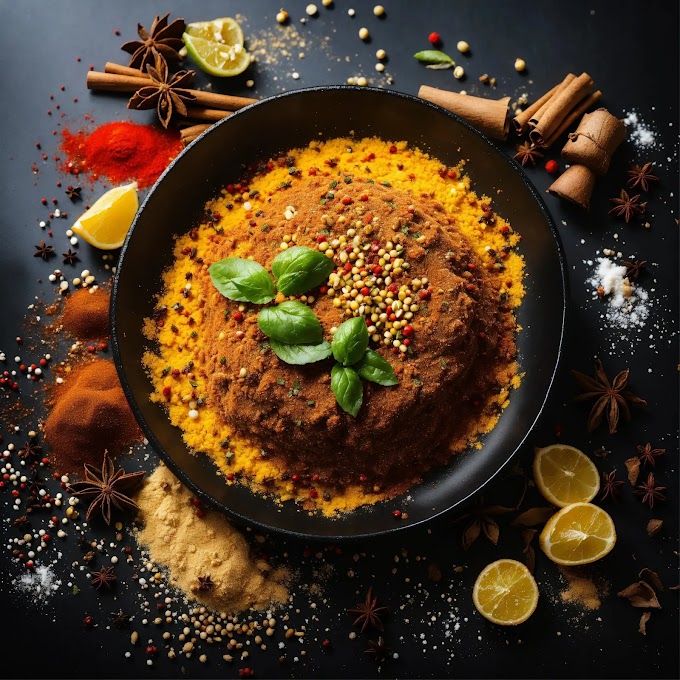Introduction:
The humble pork shoulder, when treated with care and expertise, can transform into a culinary masterpiece that captivates the senses. In this detailed guide, we will unravel the secrets behind crafting the perfect oven-baked pork shoulder. Whether you're a seasoned chef or a novice in the kitchen, join us on a culinary journey as we explore the nuances of selecting, preparing, and slow-roasting pork shoulder to perfection.
Choosing the Right Cut: A Foundation of Flavor: The journey to a delectable oven-baked pork shoulder begins with selecting the right cut. Opt for a bone-in pork shoulder, commonly known as a Boston butt, for maximum flavor and tenderness. The bone contributes richness to the meat, while the marbling ensures a succulent result. Visit a trusted butcher to source the freshest pork for your culinary adventure.
Preparing the Pork: Infusing Flavor and Tenderness:
Before the oven comes into play, it's crucial to properly prepare the pork shoulder. Consider marinating the meat with a blend of spices, herbs, and aromatics. Allow the pork to marinate for at least a few hours, or preferably overnight, to allow the flavors to permeate the meat deeply. This step enhances both the taste and tenderness of the final dish.
Slow-Roasting in the Oven: The Art of Tender Perfection: The oven becomes the stage for transforming the pork shoulder into a succulent masterpiece. Preheat your oven, sear the pork to create a flavorful crust, and then slow-roast at a low temperature. This process allows the fat to render, resulting in a juicy and fork-tender texture. Baste the pork occasionally to enhance the succulence and infuse it with the chosen flavors.
Achieving the Perfect Crust: A Balancing Act: Creating a perfect crust on your oven-baked pork shoulder is an art that involves a delicate balance of searing and slow-roasting. Sear the pork on high heat initially to develop a caramelized exterior, then lower the temperature for the remainder of the cooking time. This method ensures a crispy crust without compromising the interior's tenderness.
Resting and Serving: Culmination of the Culinary Journey:
Once the oven has worked its magic, allow the pork shoulder to rest before carving. Resting ensures the juices redistribute, resulting in a moist and flavorful final product. Carve the pork into slices or shred it for a more rustic presentation. Serve it with your favorite sides, and savor the culmination of your culinary journey.
Conclusion: Elevating Home Cooking with Oven-Baked Pork Shoulder:
In conclusion, mastering the art of oven-baked pork shoulder is a rewarding culinary journey that combines careful selection, preparation, and slow-roasting techniques. Whether you're hosting a gathering or enjoying a comforting family dinner, the tender and flavorful result will leave a lasting impression. So, preheat your oven, gather your ingredients, and let the magic unfold as you create a memorable oven-baked pork shoulder experience. Happy cooking!
FAQs - Navigating Oven-Baked Pork Shoulder Perfection:
What oven temperature is best for slow-roasting pork shoulder?
- Slow-roast pork shoulder at a low temperature, around 275°F (135°C), for an extended period. This allows the collagen to break down, resulting in a tender and flavorful outcome.
How long should I marinate the pork shoulder before baking?
- Marinate the pork for at least 4-6 hours, or preferably overnight. Longer marination imparts deeper flavors to the meat.
Can I use a boneless pork shoulder for oven baking?
- Yes, a boneless pork shoulder can be used. However, bone-in options generally yield a more flavorful and moist result.
What's the difference between Boston butt and picnic shoulder for oven baking?
- Both cuts are suitable, but Boston butt is more commonly used for slow-roasting due to its marbling, resulting in a richer and more tender dish.
Can I use the oven-baked pork shoulder in various recipes?
- Absolutely! Oven-baked pork shoulder is incredibly versatile. Use it in sandwiches,











Thank you for comments